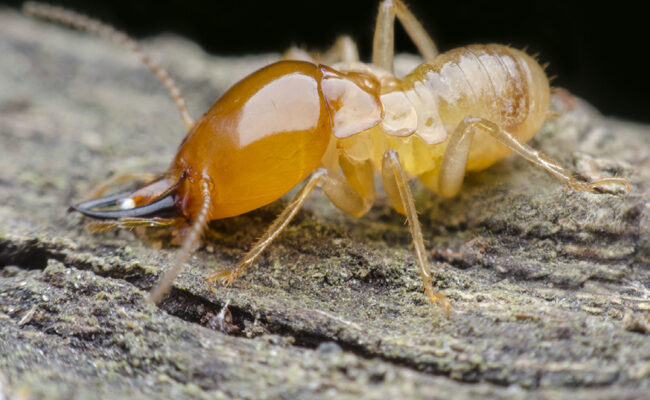
According to the Environmental Protection Agency, termites cost homeowners billions of dollars in structural damage, and then additional costs for pest treatment.
To protect the home from this damage, it is important to know all about the different types of termites. However, identifying termites and signs of termites is only the first step. Keep reading this guide to learn all about termite preventative measures and treatment!
Different Types of Termites
There are thousands of termite species in the world, but they are broken down into three primary groups.
The first is called subterranean termites, or Rhinotermitidae. This family of termites has special jaws that allow them to chew through wood and wooden structures. These termites enter the home through tubes, either within the wood or in the ground surrounding the wood.
Subterranean termites are some of the most common termites.
They breed quickly, leading to nests of hundreds to thousands of termites. In addition to damaging wood structures, they are also known to eat through paper-based products.
The second classification of termites is drywood termites.
Drywood termites differ from subterranean because they survive off moisture found in the air or in the wood they consume. Therefore, their colonies, rather than nest in the ground, can live above ground. They still enter the home through exposed wood.
Finally, there are dampwood termites. These termites feast on the wood that is high in moisture. Therefore, the wood they infest is often already damaged by water or fungus.
Preventing Termites
All three categories of termites feast on wood. Therefore, one of the best preventative measures for protecting the home against termite damage is to keep wood and wood-based products away from the home. For example, firewood or loose lumber should be kept in a neat stack at least 20 feet from the home.
Another preventative measure is minimizing water damage or excess water in the home.
Structures in the home that are full of moisture are the perfect way to attract dampwood termites. Keep an eye out for any sort of leaks or improper drainage.
If there is mulch surrounding the home, this creates a moist environment that may allure termites.
Ultimately, one of the best ways to prevent a termite problem is to get regular pest control services. Most recommend scheduling services quarterly. For new homes, treatment is often advised to be more frequent, such as every other month.
Treatment
Termite infestation needs to be taken seriously, thankfully there are several termite treatment options.
A pest control service may use liquid pesticides in the soil surrounding the home, targeting termite nests directly. This is effective for both subterranean and drywood termites.
An alternative option is a fumigation. During fumigation, an exterminator will use tents or tarps to cover certain surfaces in the home. Then, they’ll release chemicals that will circulate throughout the entire structure.
This way, the chemicals reach all of the cracks and crevices where termite nests could be found.
Some companies will also use heat for termite removal. Applying heat will melt the wood and motivate the termites to escape.
Be Proactive
These three types of termites, though they differ in how they enter the home or what they feast on, all pose a danger to homeowners. They can cause a host of structural damages, which is why proper prevention and maintenance are important.
For more advice on best protecting your home, check out our site!
Leave a Reply